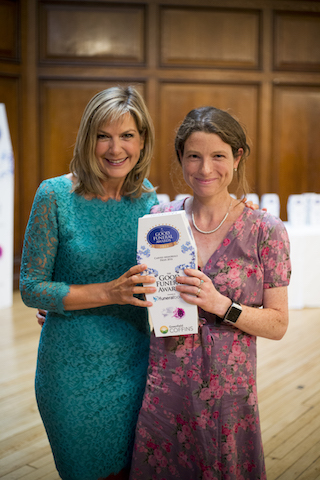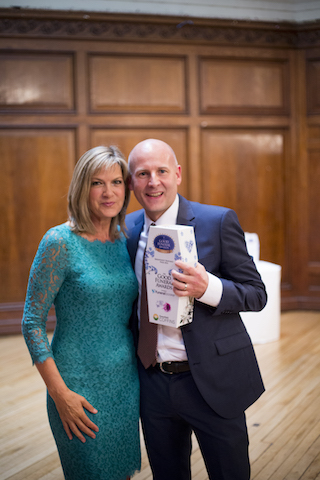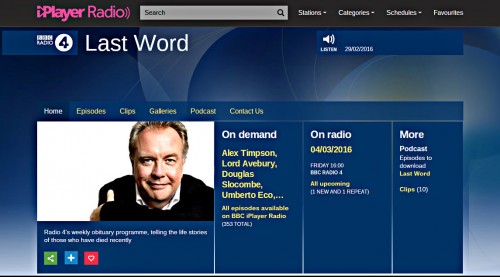Posted by Thomas Staley
“All living things seek to perpetuate themselves into the future, but humans seek to perpetuate themselves forever. This seeking – this will to ‘immortality’ – is the foundation of human achievement; it is the wellspring of religion, the muse of philosophy, the architect of our cities and the impulse behind the arts. It is embedded in our very nature” Stephen Cave
So if it is embedded in our nature, what potential do we have to perpetuate ourselves as humans in the 21st century?
In 2011 Russian entrepreneur Dmitry Itskov employed leading Russian specialists in the field of neural interfaces, robotics, artificial organs and systems, proposing the transfer of personality to an advanced non-biological carrier at the end of an individual’s natural lifetime. The ultimate objective of this project is the development of a hologram-like avatar with an artificial brain to which human personality is transferred.
Whilst many remain sceptical, and are concerned by the ethical implications of such technological developments, our physical presence in this world remains limited, for the time being, and is set to remain indefinitely so.
This is why the emergence of online digital legacy tools, that provide us with the opportunity to record our lives online and leave an everlasting legacy, provide a meaningful solution to the aforementioned conundrum concerning ‘immortality’.
Such tools have the potential to capture every aspect of our lives, enabling future generations to obtain a complete understanding of who we truly are; including what we achieved, the values we upheld, the causes we represented, and what we held dearest during our time on this earth.
Loggacy is one such digital legacy tool; founded with the intention of connecting generations of family and friends, so that our most precious memories and experiences may be preserved perpetually.
Loggacy was very much born from a personal desire to never be forgotten, as I find it a sad reality that I am only able to remember my ancestors through snippets of physical information, such as photographs or writings that were supplemented by short narratives from living relatives. I hope that my vision now means that when I pass this won’t be the case, and that my children, grandchildren and beyond will be able to learn about everything that I embodied throughout the course of my lifetime.
I contend that this feeling extends well beyond myself, and indeed, I believe that there is an innate human desire within us all to create a personal narrative, to leave something behind, to pass something on and make a mark on this world; which is as much future-oriented as it is an immersion in the past.
As such I created a platform that is available for all to use; because it is a fundamental right to be remembered, to achieve some form of immortality.
The beauty of the tool is that the account provided by Loggacy is yours to control, manage and share; and therefore you determine exactly what people learn about you and what they are subsequently able to remember you by. Whether it be detailing a romantic getaway, your wedding or your child’s first steps, Loggacy welcomes you to create a log documenting your life from birth through to the present day and share it only with those most precious to you.
Many of us make plans for end of life, whether it be in the form of a funeral or pension plan, but little emphasis is currently placed on how we may utilise technology to record our lives, and as such, preserve our legacies. I intend to change this through the creation of a safe, secure and intuitive platform that allows users to record the most poignant moments of their life; so that future generations may truly know and understand their heritage.
Regardless of how seemingly menial our personal stories or achievements may appear to us on an individual level, we all have memories and experiences that are of interest to others and it’s important that these endure.
I therefore encourage you to consider what you might want your legacy to be, and record it with Loggacy; so that we may all stand the test of time, and satisfy man kinds perennial quest for immortality…



